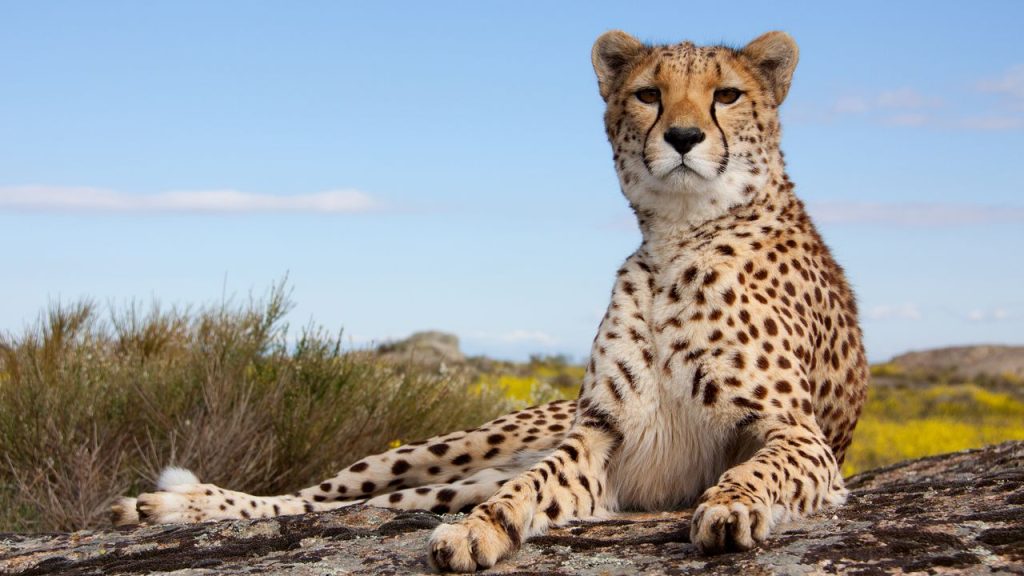Mount Kilimanjaro Trek: A Journey to the Roof of Africa
Mount Kilimanjaro, located in Tanzania, is the highest mountain in Africa and one of the most iconic peaks in the world. Standing at an impressive 5,895 meters (19,341 feet) above sea level, this majestic mountain attracts thousands of adventurers each year who seek to conquer its summit. With its breathtaking views and diverse ecosystems, a trek up Mount Kilimanjaro is an experience of a lifetime.
Kilimanjaro Routes
There are several routes to choose from when planning a Mount Kilimanjaro trek, each offering a unique experience and varying levels of difficulty. The choice of route depends on factors such as fitness level, time available, and personal preference. Here are some popular Kilimanjaro routes:
1. Marangu Route
The Marangu Route, also known as the “Coca-Cola” route, is the most popular and well-established route on Mount Kilimanjaro. It is often chosen by beginners or those who prefer a more comfortable trek. The trail is relatively gentle, and accommodation is in huts along the route, providing a more sheltered experience compared to camping.
2. Machame Route
The Machame Route, also known as the “Whiskey” route, is a more challenging option that offers stunning scenery and a higher success rate. It is a popular choice among experienced trekkers due to its diverse landscapes and the opportunity to acclimatize properly. Camping is the only accommodation option on this route.
3. Lemosho Route
The Lemosho Route is a longer and more remote route that offers a more secluded experience. It is known for its beautiful scenery and low traffic, making it a great choice for those seeking a quieter trek. The Lemosho Route is considered one of the most scenic routes on Mount Kilimanjaro, passing through lush rainforests and alpine meadows.
4. Rongai Route
The Rongai Route is the only route that approaches Mount Kilimanjaro from the north. It is a less crowded option that provides a unique perspective of the mountain. The trail passes through beautiful wilderness areas, offering trekkers a chance to spot wildlife such as monkeys and antelopes.
Kilimanjaro National Park
Mount Kilimanjaro is located within Kilimanjaro National Park, a UNESCO World Heritage Site. The park covers an area of approximately 1,688 square kilometers (652 square miles) and is home to a diverse range of flora and fauna. The park’s ecosystems vary from lush rainforests to alpine deserts, providing a habitat for numerous plant and animal species.
Within the park, there are strict regulations in place to protect the environment and ensure the sustainability of the trekking experience. These regulations include the requirement of a licensed guide and a minimum number of days for the trek to allow for proper acclimatization.
While trekking through Kilimanjaro National Park, trekkers have the opportunity to witness the unique flora and fauna of the region. The lower slopes are covered in dense rainforests, home to a variety of plant species, including giant heather and the endemic Kilimanjaro tree. As the altitude increases, the vegetation becomes sparser, eventually giving way to alpine desert landscapes.
The park is also home to a variety of wildlife, including elephants, buffalos, and a wide range of bird species. Although encounters with large mammals are rare due to the high altitude, trekkers may spot monkeys and antelopes along the trails.
Conclusion
A trek up Mount Kilimanjaro is an incredible adventure that offers not only a physical challenge but also a chance to immerse oneself in the stunning natural beauty of Kilimanjaro National Park. Whether you choose the Marangu, Machame, Lemosho, or Rongai route, each path will provide a unique experience and memories that will last a lifetime. So, lace up your boots, prepare for the altitude, and embark on a journey to the roof of Africa.

